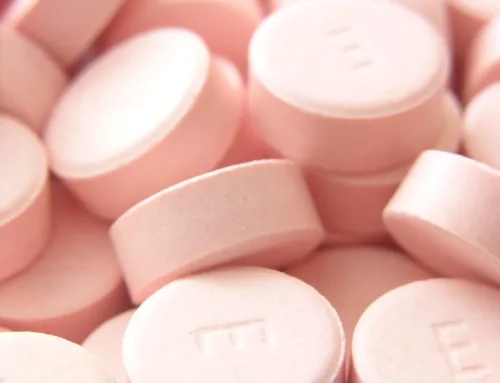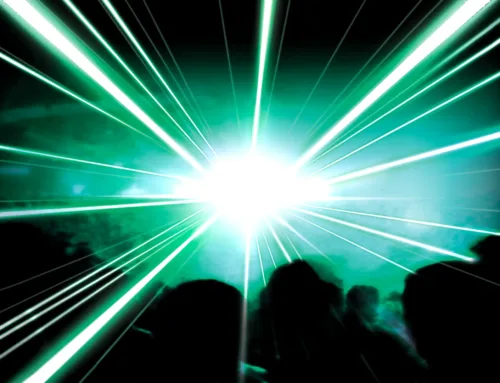Understanding the Difference Between MDMA and LSD: A Comparative Guide
MDMA (3,4-methylenedioxymethamphetamine) and LSD (lysergic acid diethylamide) are two popular psychoactive substances that have gained notoriety for their use in recreational settings, particularly at parties, concerts and festivals. While both substances alter perception and mood, they differ significantly in their chemical structure, effects and potential risks. In this blog, we’ll explore the difference between MDMA and LSD, their respective effects, and the possible negative consequences associated with each substance.
MDMA vs. LSD: Chemical Structure and Classification
MDMA is classified as a synthetic empathogen, known for its ability to enhance feelings of emotional connection and empathy. Chemically, it is similar to both amphetamines and hallucinogens, which contributes to its unique effects.
LSD, on the other hand, is a powerful hallucinogenic compound derived from ergot, a fungus that grows on rye and other grains. It is classified as a psychedelic and primarily affects serotonin receptors in the brain.
Effects of MDMA and LSD
MDMA Effects
MDMA is renowned for its euphoric effects and is often referred to as “ecstasy” or “molly.” Users typically experience:
1. Euphoria: Enhanced feelings of happiness and emotional closeness to others
2. Increased Sensory Perception: Heightened senses, making music and lights feel more intense
3. Increased Energy: A surge of energy that can last for several hours, making it popular at dance parties and raves
4. Empathy and Connection: A strong desire to connect with others and share feelings
LSD Effects
LSD produces a different type of experience. Its effects vary widely, influenced by dosage and the user’s mindset. Common effects include:
1. Visual Hallucinations: Distortions in visual perception, such as colors appearing more vibrant or objects appearing to move
2. Altered Sense of Time: Users often report that time feels distorted, with minutes seeming like hours
3. Intense Emotional Experiences: Shifts in mood can range from euphoria to anxiety, depending on the individual and setting
4. Synesthesia: A phenomenon where stimulation of one sensory pathway leads to automatic experiences in another, like “seeing” sounds
The Duration of Effects
When comparing MDMA versus LSD, the duration of their effects is another key difference:
– MDMA effects typically last three to six hours, with a peak occurring about one to two hours after ingestion.
– LSD effects can last significantly longer, usually between eight to 12 hours, with the peak occurring around two to four hours after consumption.
MDMA Negative Effects
Despite its popularity, MDMA is not without its risks. Some of the MDMA adverse effects include:
1. Dehydration and Overheating: MDMA can increase body temperature and lead to dangerous dehydration, especially in party settings where people dance for extended periods.
2. Serotonin Syndrome: A potentially life-threatening condition resulting from excessive serotonin levels, leading to symptoms like confusion, agitation and rapid heart rate.
3. Mood Swings and Anxiety: After the high wears off, many users experience significant mood swings, anxiety or depression due to serotonin depletion.
4. Cognitive Impairment: Long-term or heavy use of MDMA can lead to memory issues and other cognitive deficits.
LSD Negative Effects
While LSD is often perceived as less dangerous than MDMA, it carries its own set of risks. Some LSD negative effects include:
1. Bad Trips: A bad trip can lead to severe anxiety, paranoia and disturbing hallucinations, which can be traumatic and lead to lasting psychological issues.
2. Flashbacks: Some users report experiencing flashbacks, or hallucinogen persisting perception disorder (HPPD), where they relive aspects of the drug experience long after use.
3. Impaired Judgment: The altered consciousness can lead to poor decision-making, increasing the risk of accidents or dangerous behavior.
4. Psychological Distress: Those with a history of mental health disorders may experience exacerbated symptoms, including anxiety or psychosis.
The Bottom Line: Making Informed Choices
When examining the difference between MDMA and LSD, it’s essential to consider not only the effects of each substance but also their risks and potential negative consequences. While MDMA is often associated with feelings of love and connection, it can lead to physical dangers and significant mood disturbances after use. LSD offers a unique and intense experience but can result in psychological distress, particularly for individuals predisposed to mental health issues.
Both substances have their appeal, but users should approach them with caution, fully aware of the potential adverse effects and the legal implications of their use. Education and informed choices are critical in navigating the world of psychoactive substances, ensuring a safer experience for those who choose to partake.
If you or someone you know is struggling with substance use or mental health issues, it’s essential to seek help from a qualified healthcare professional. Understanding the risks associated with drugs like MDMA and LSD can help prevent adverse outcomes and promote healthier choices.





